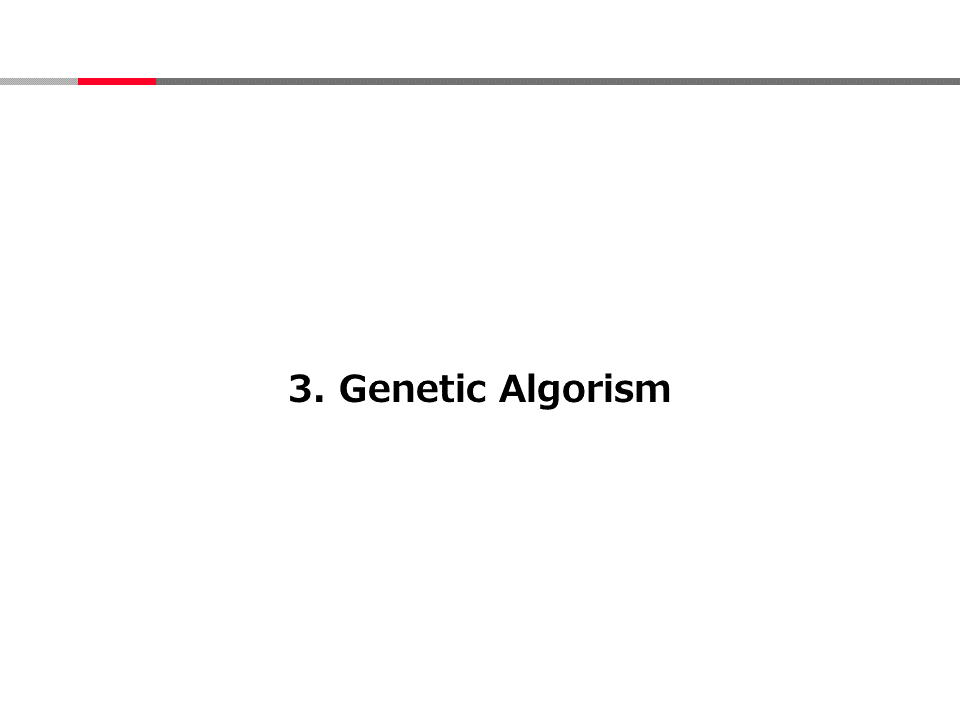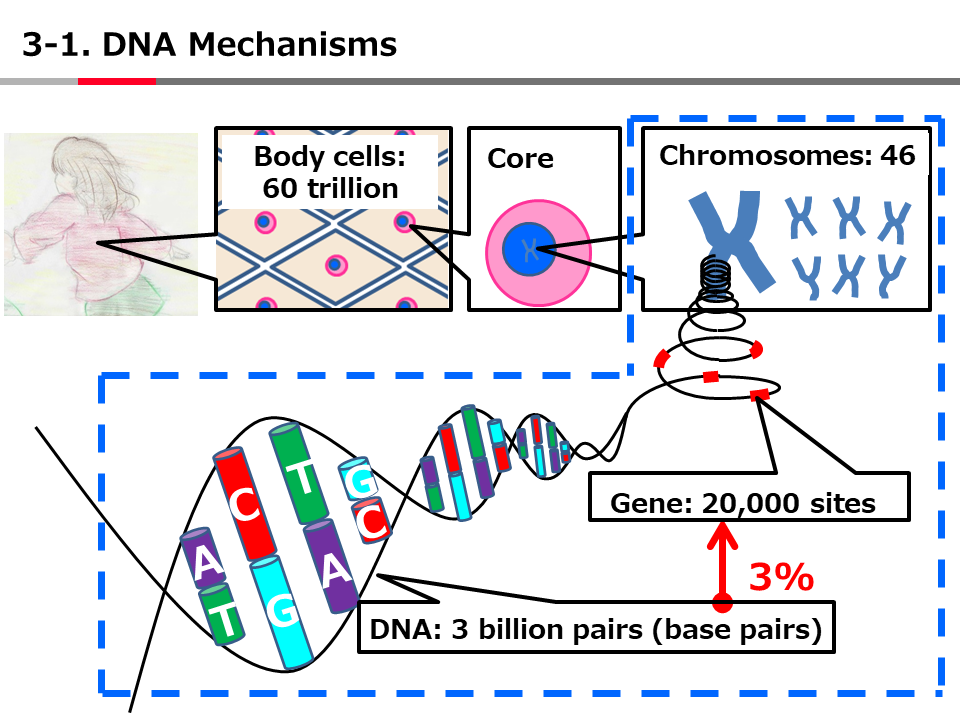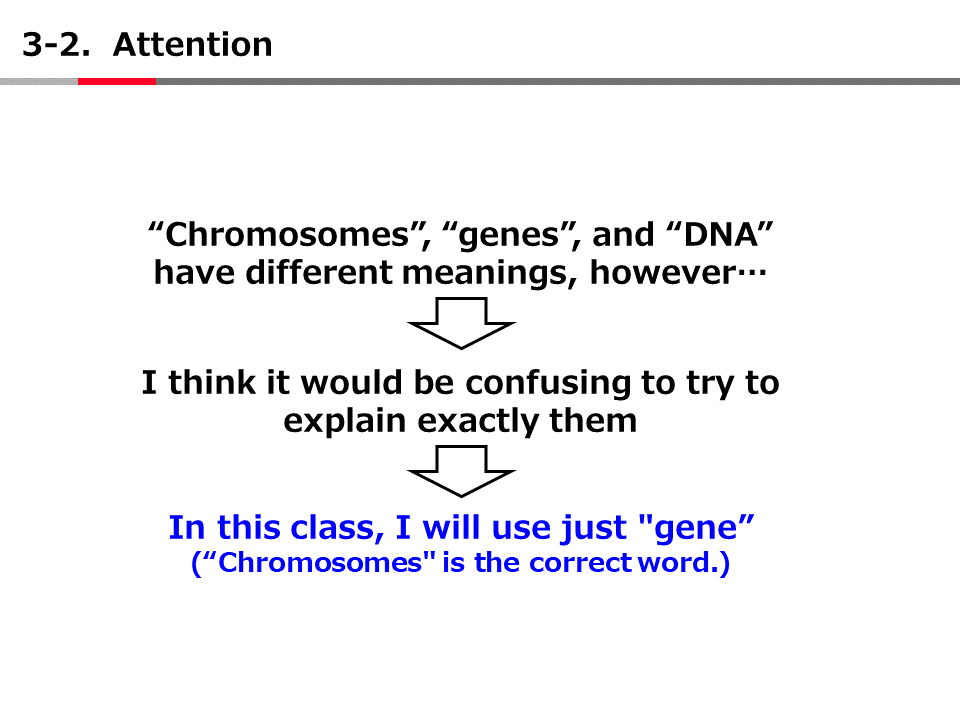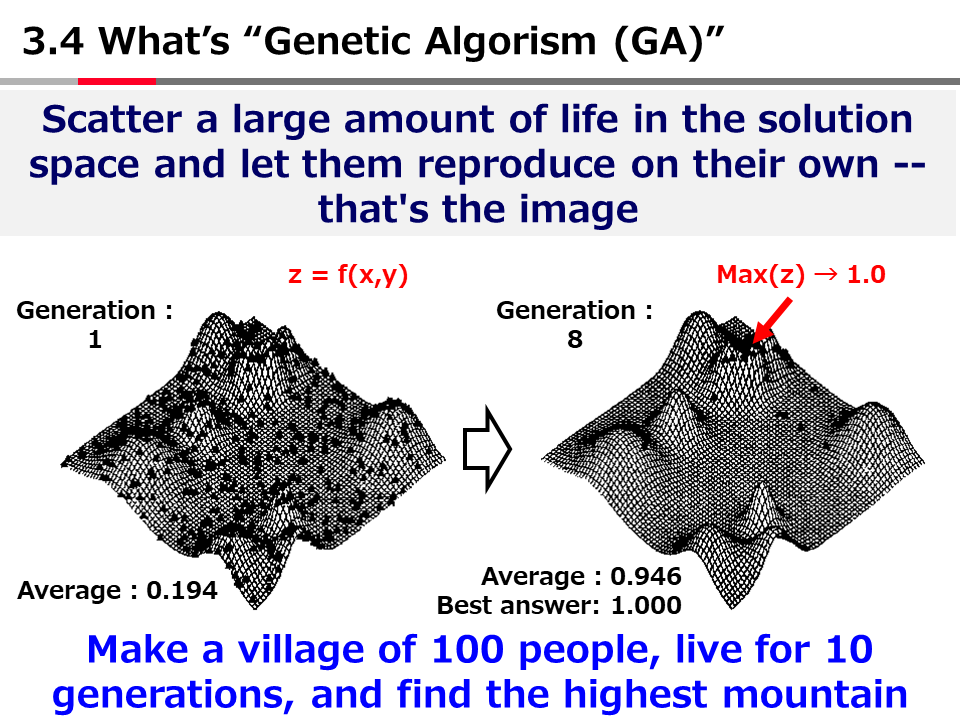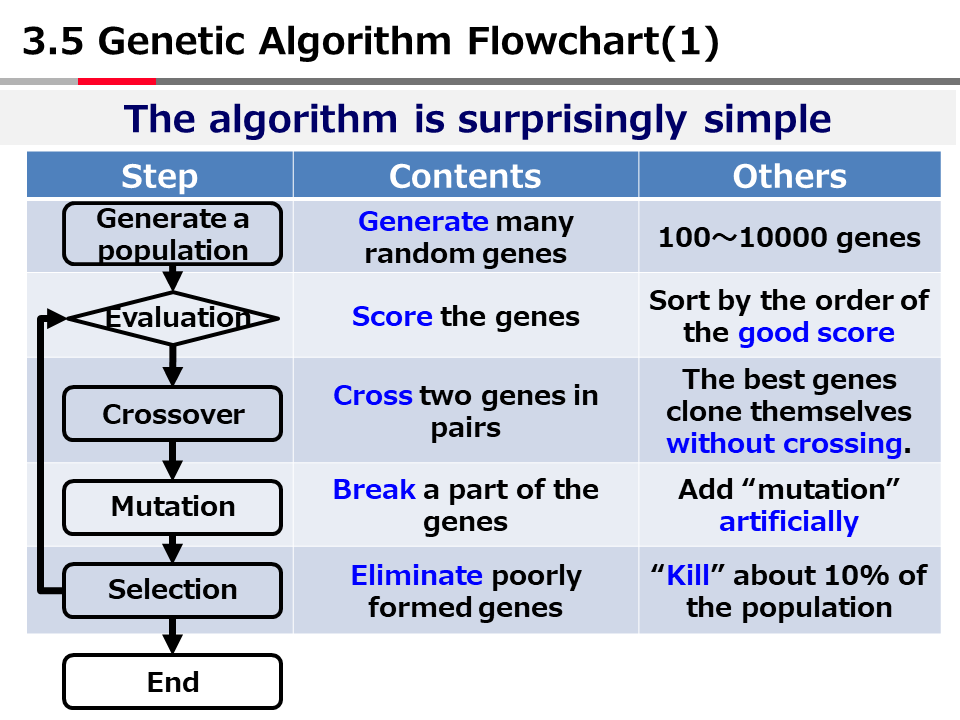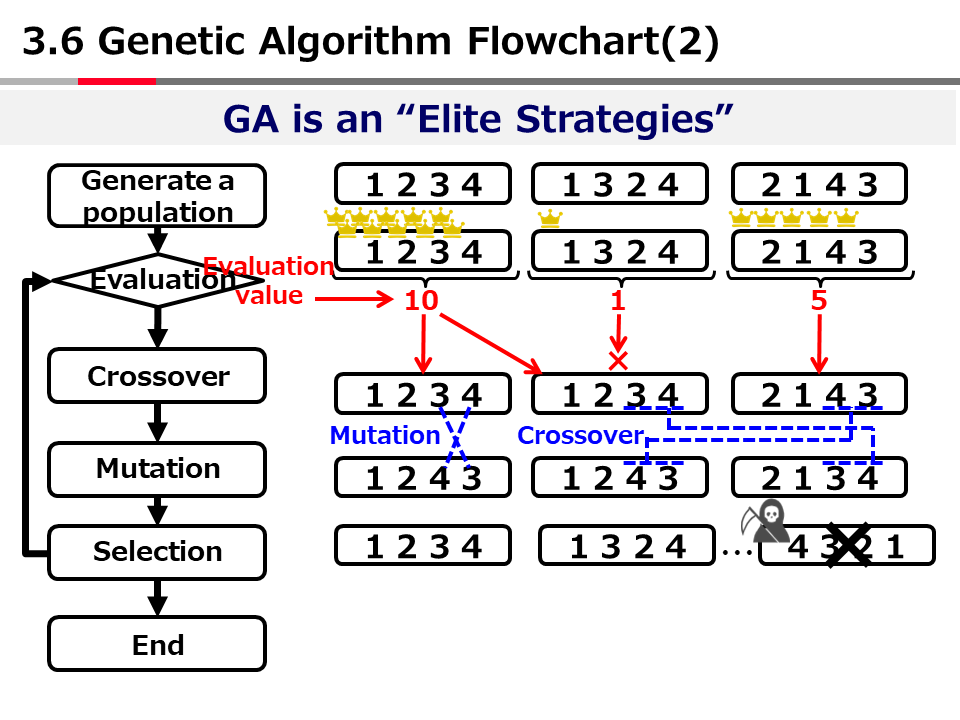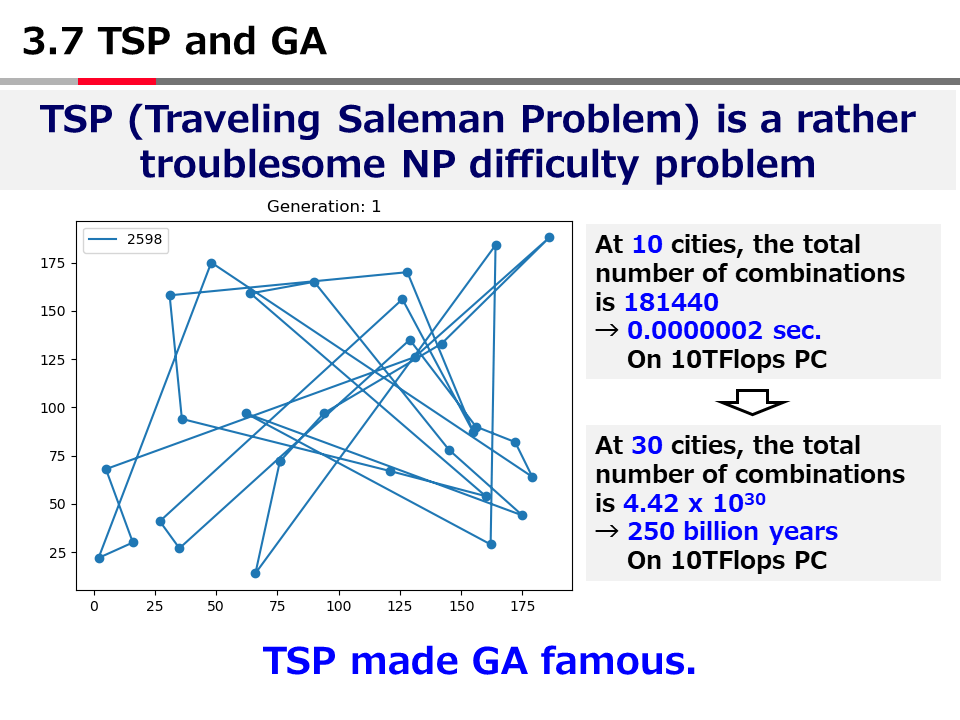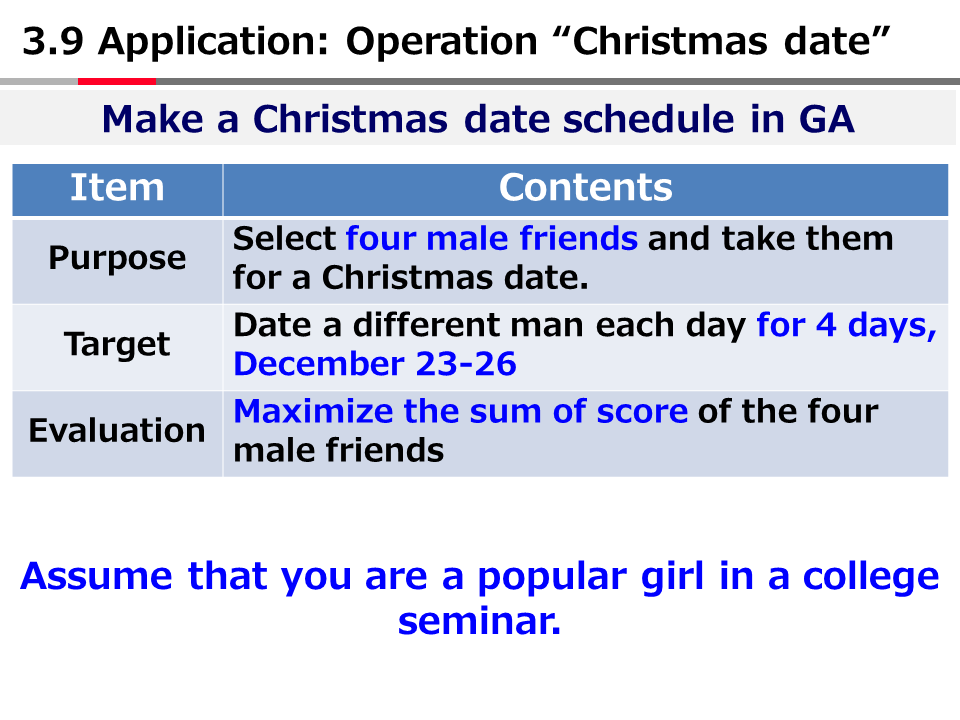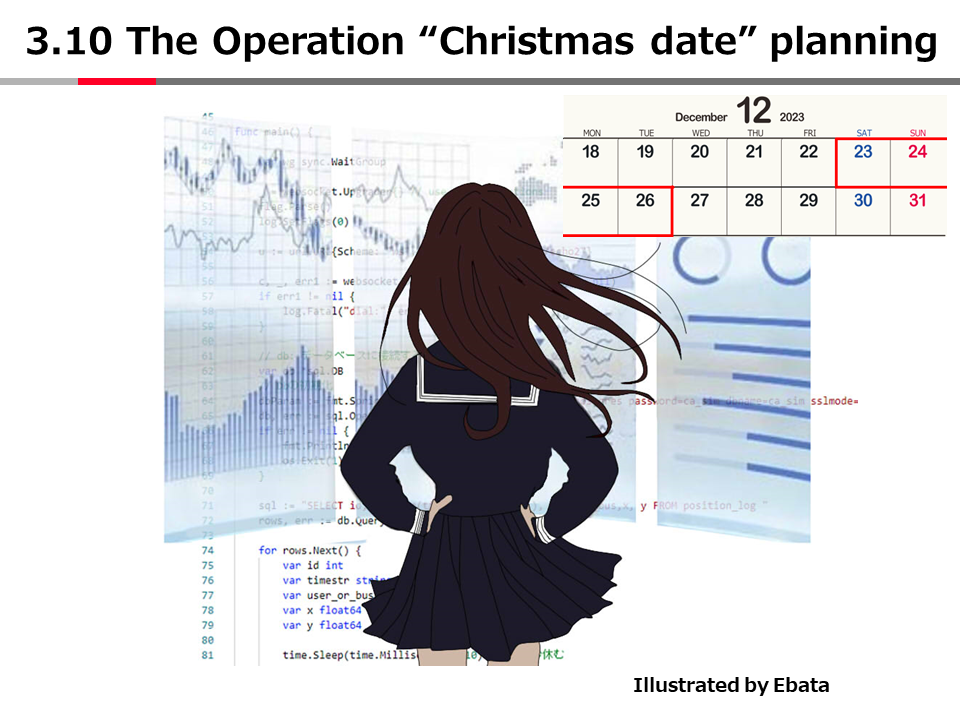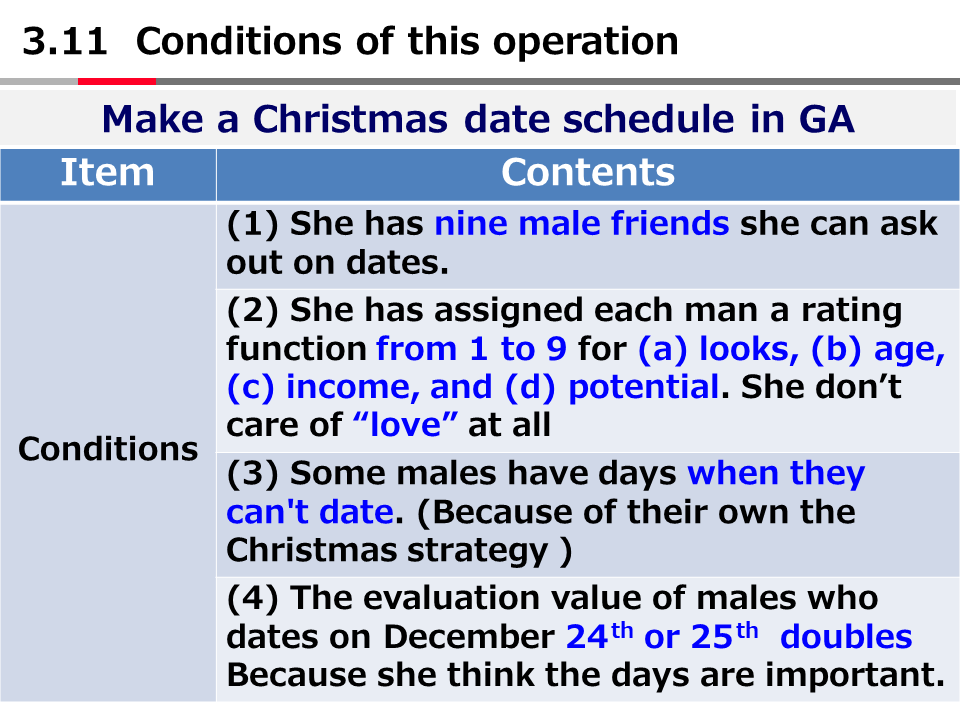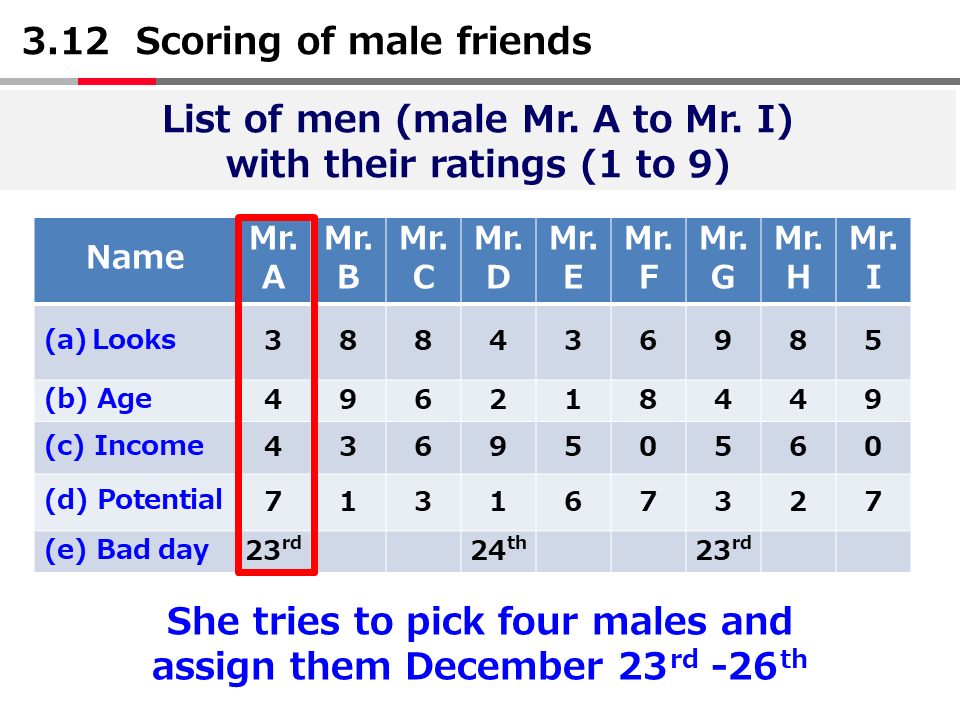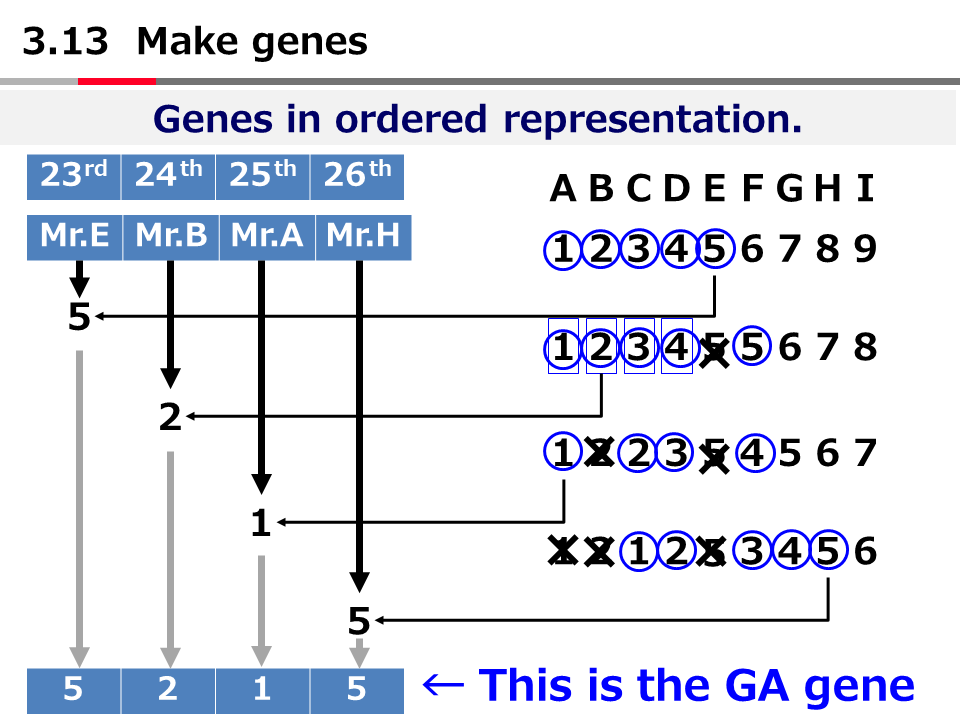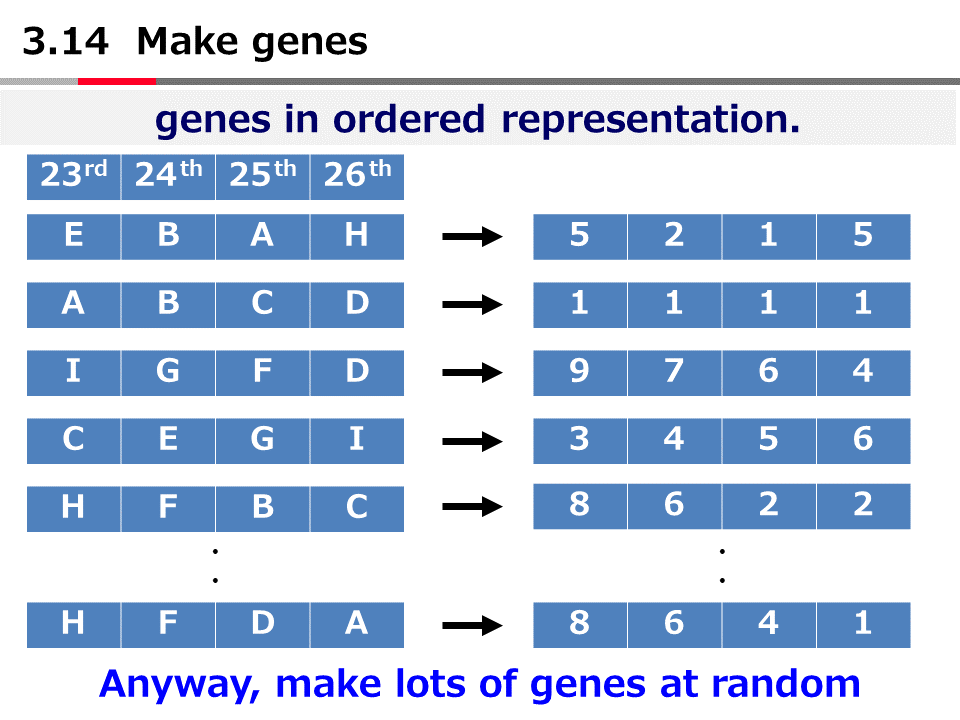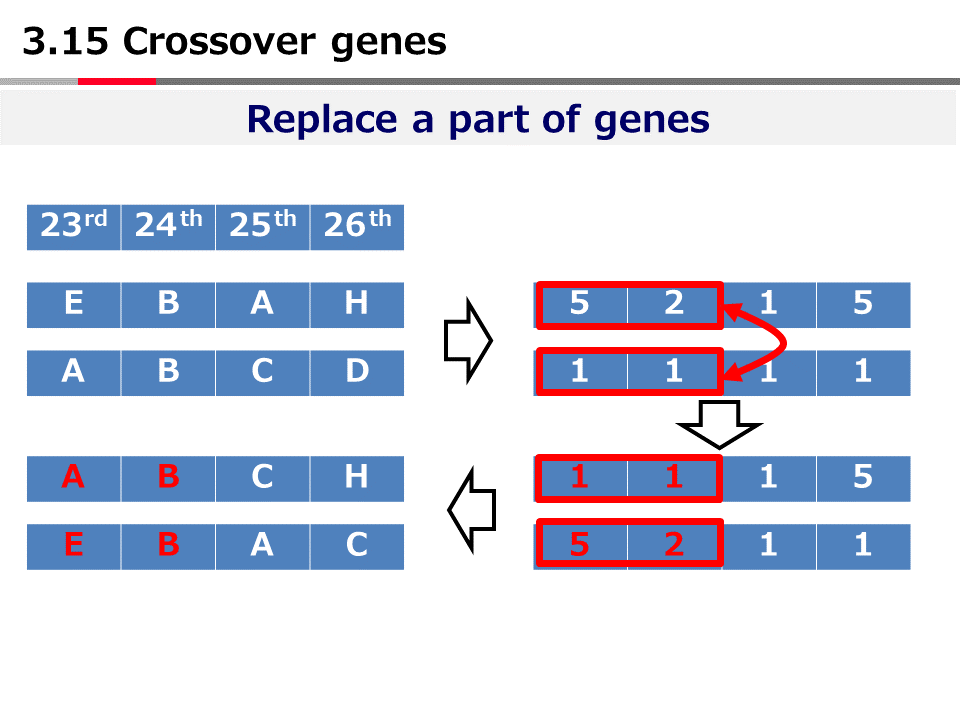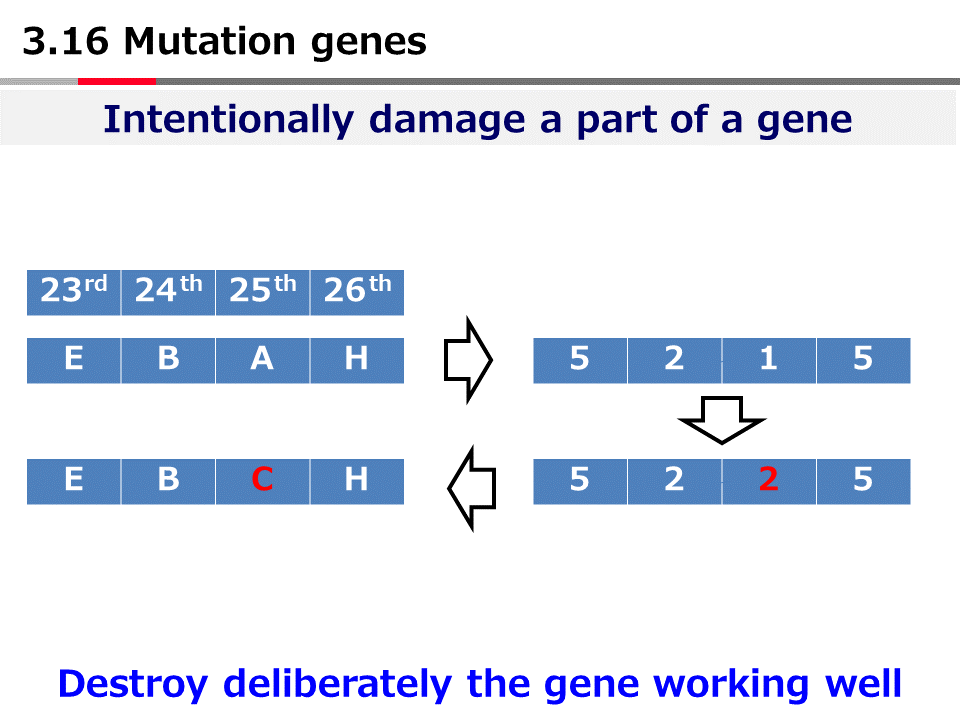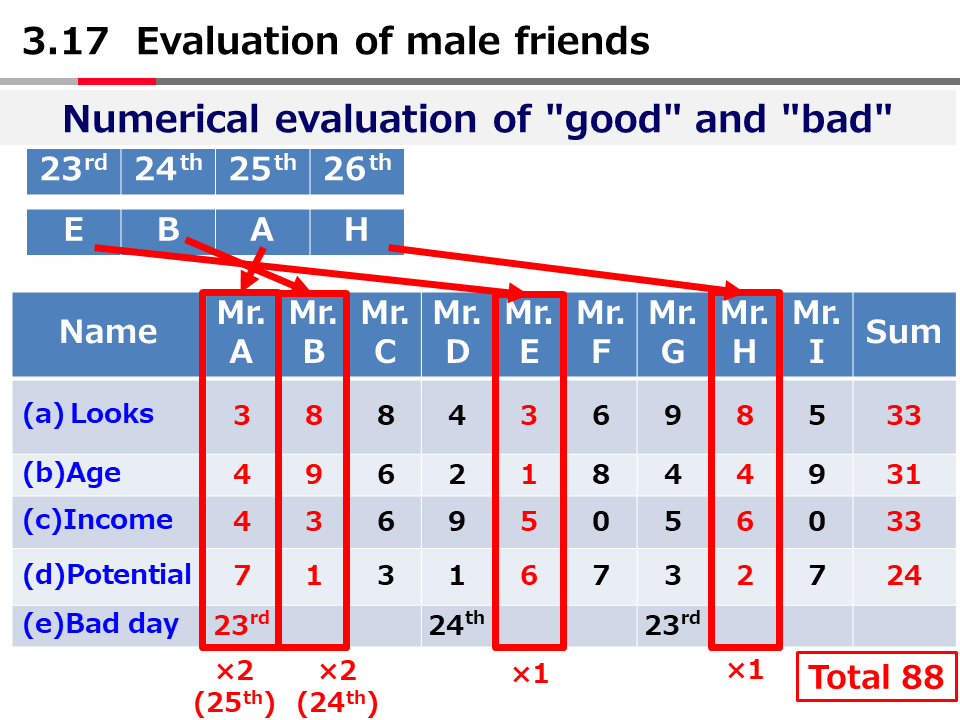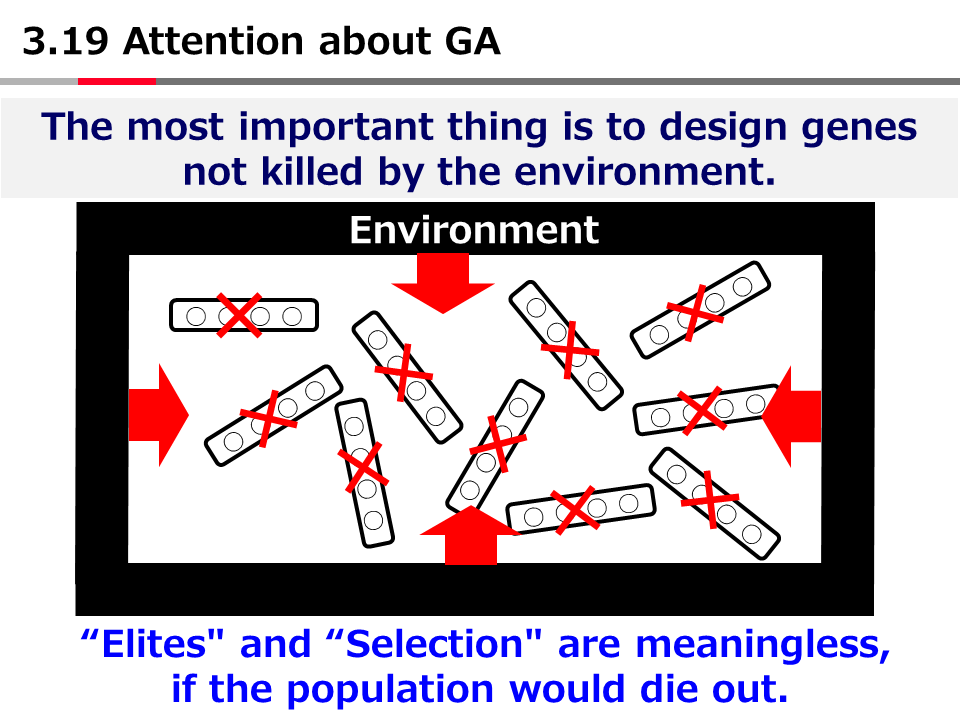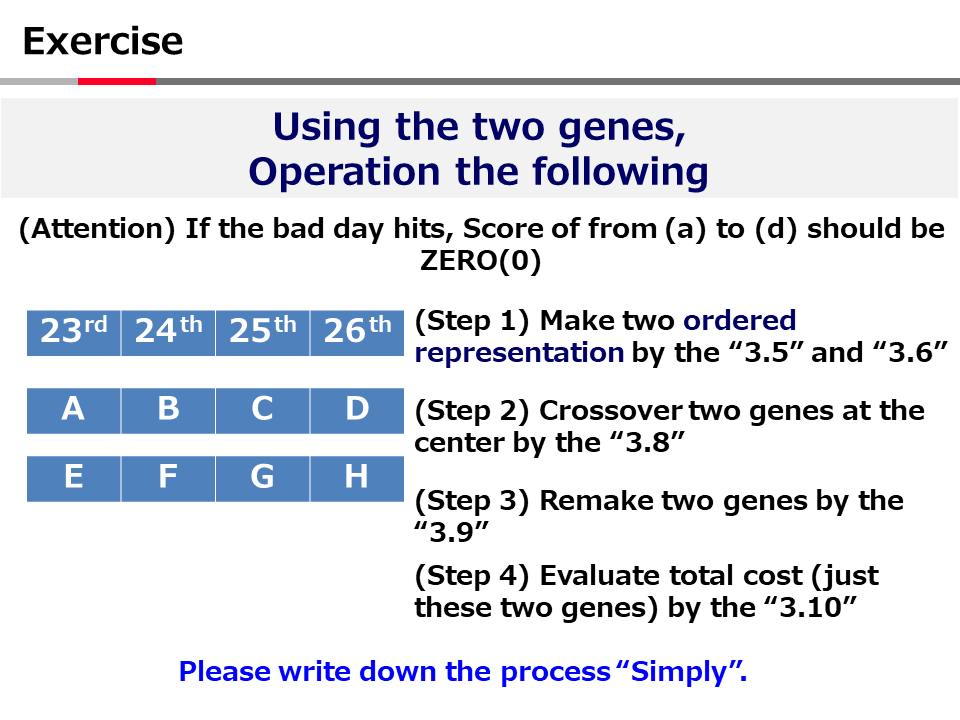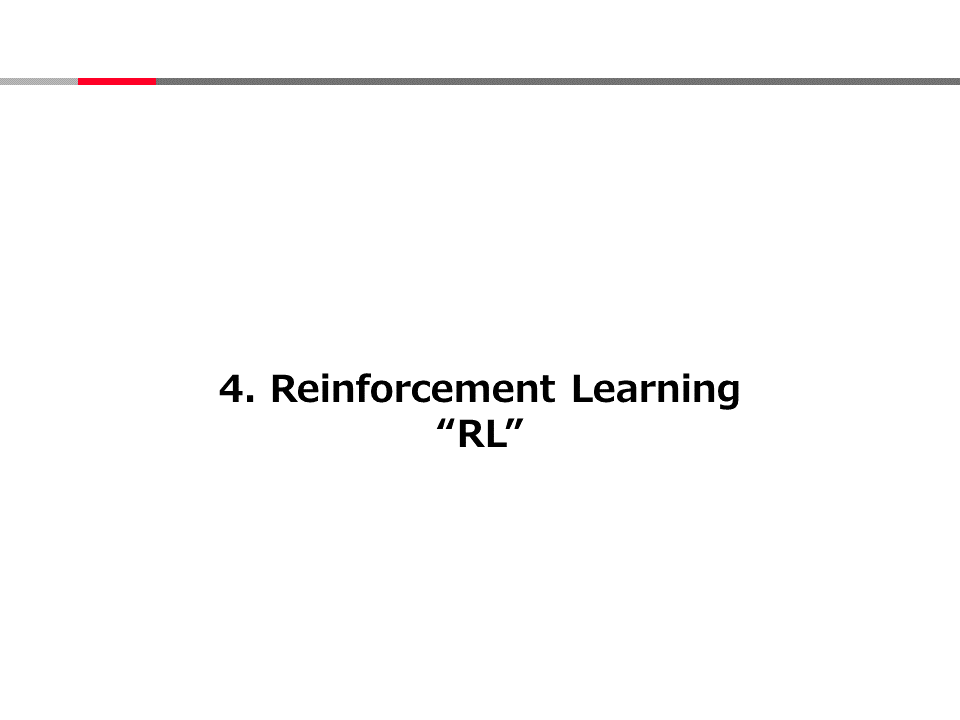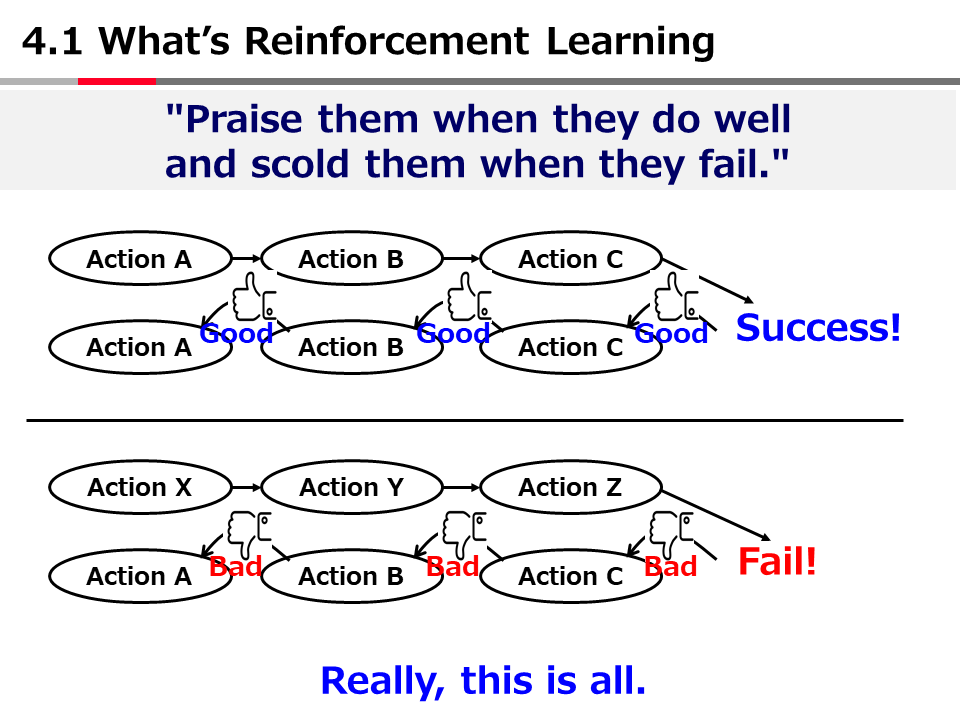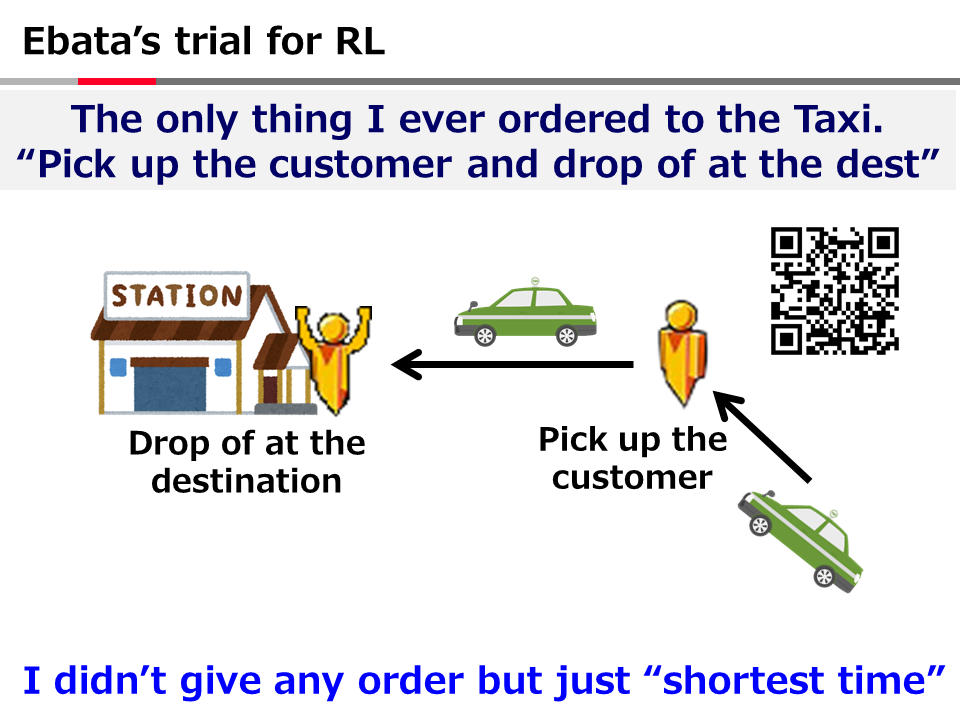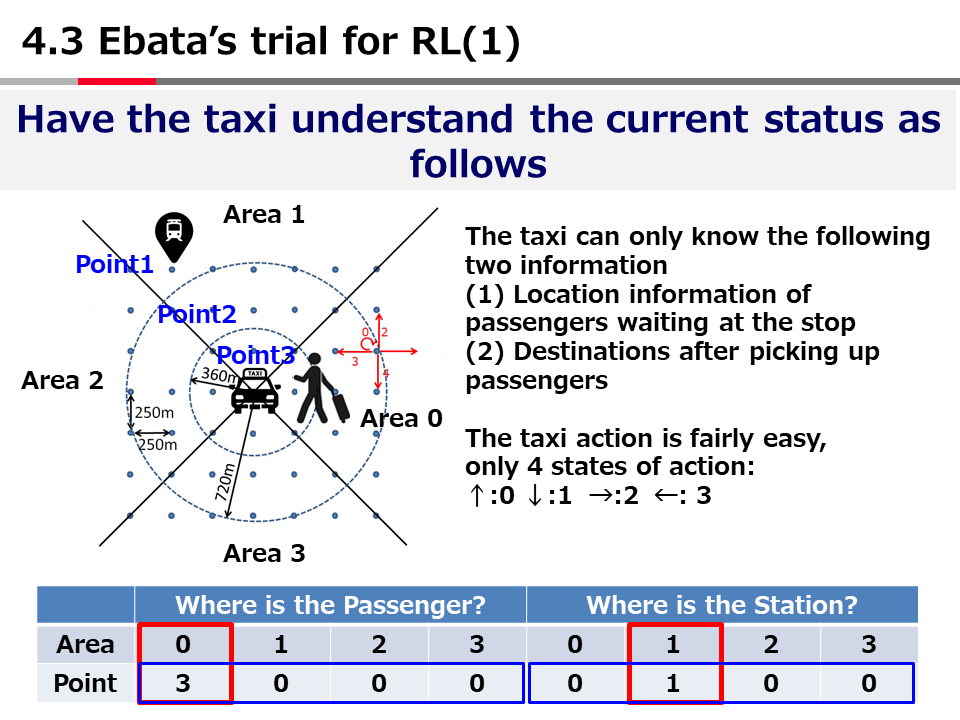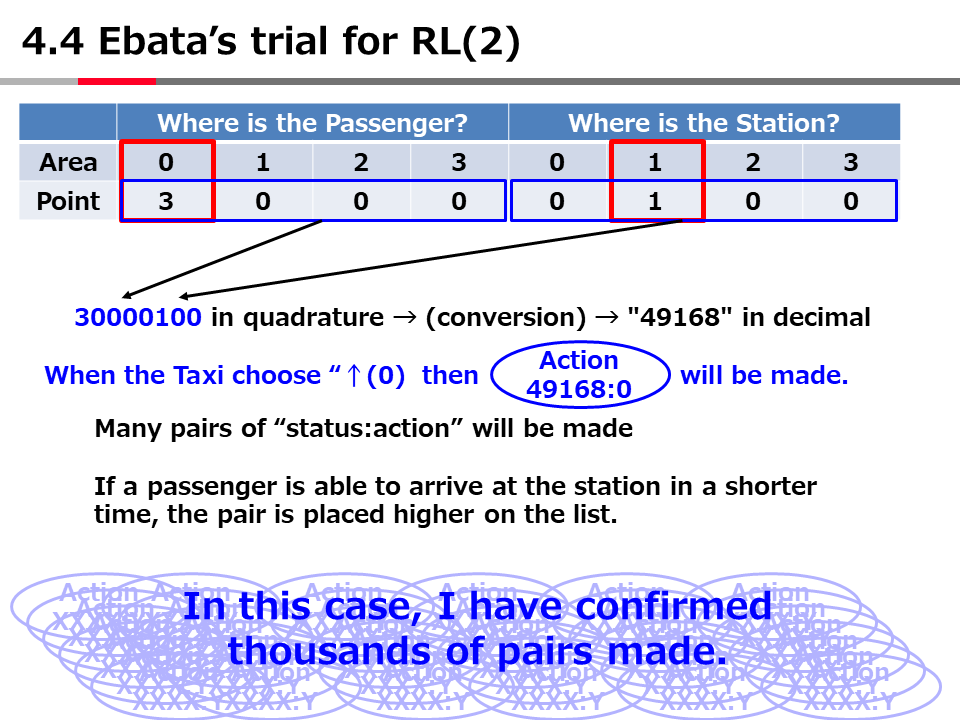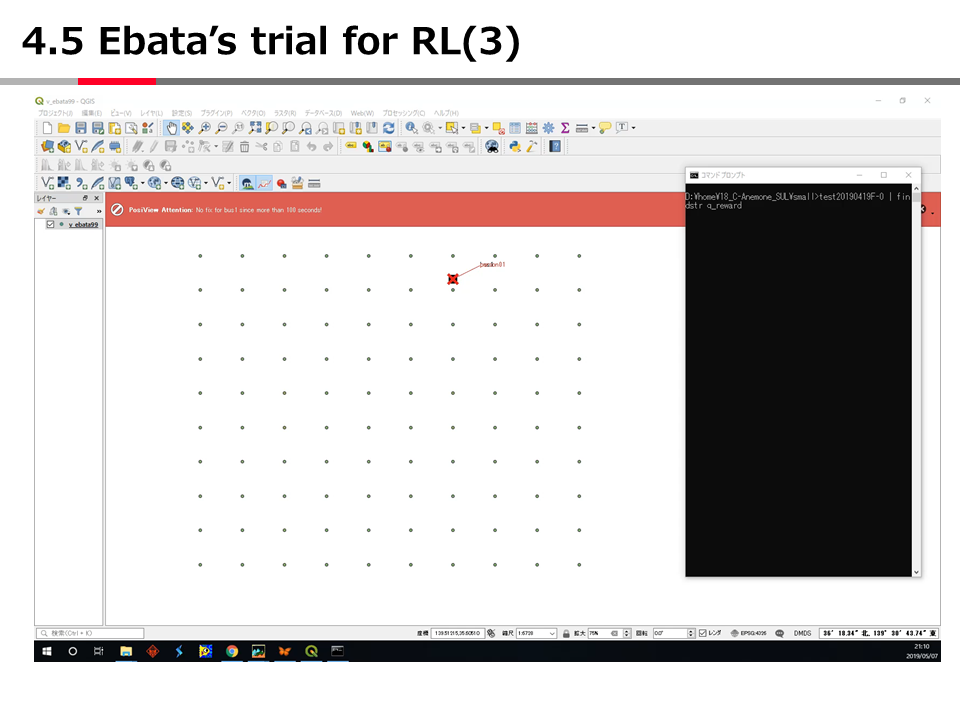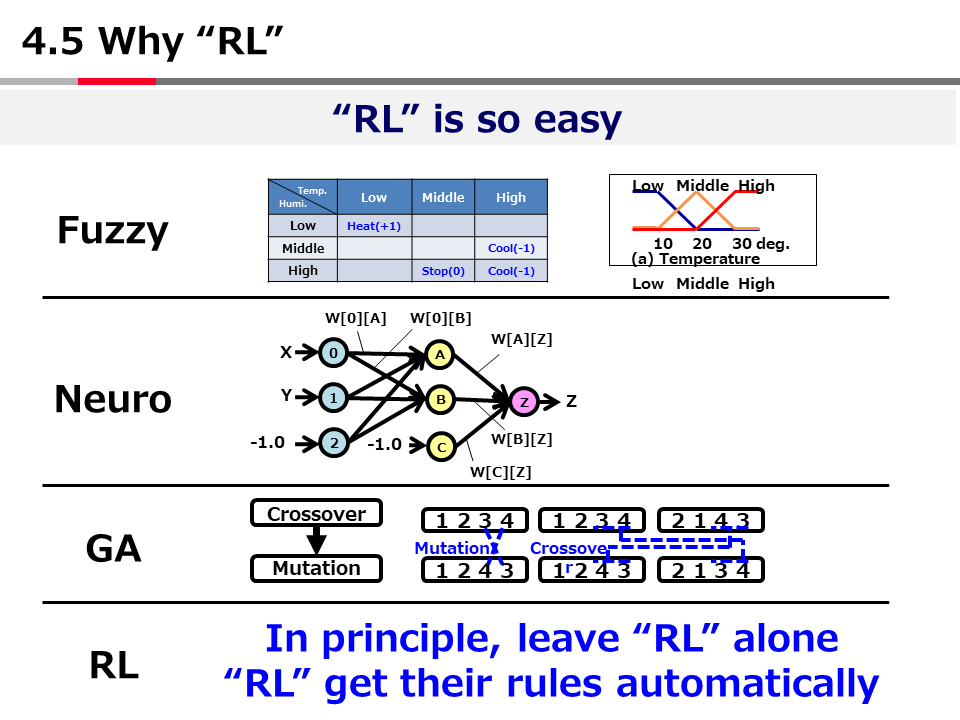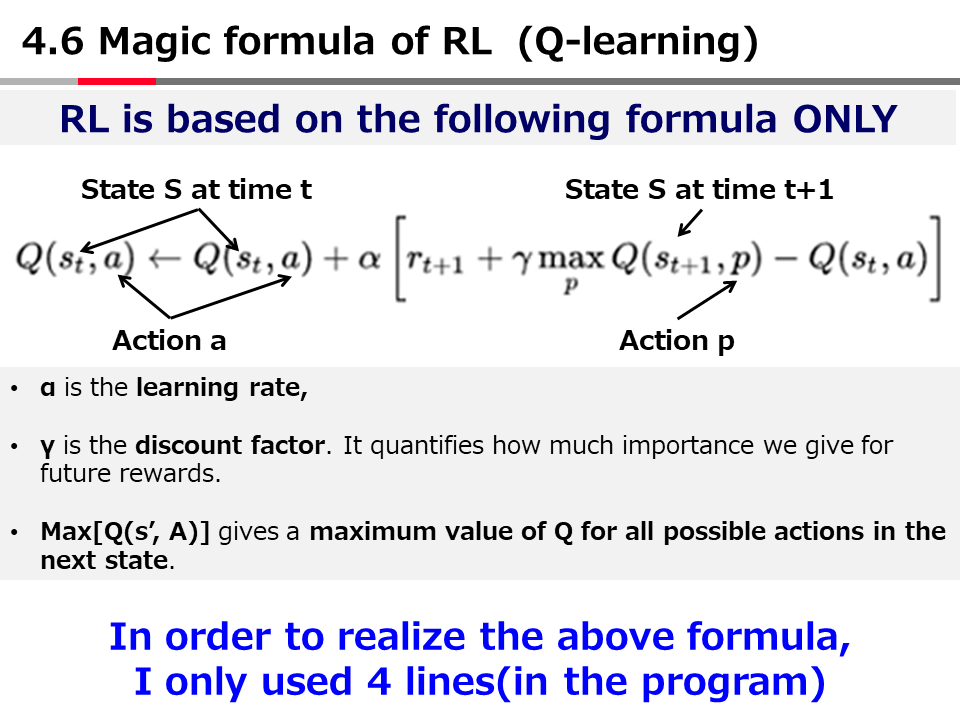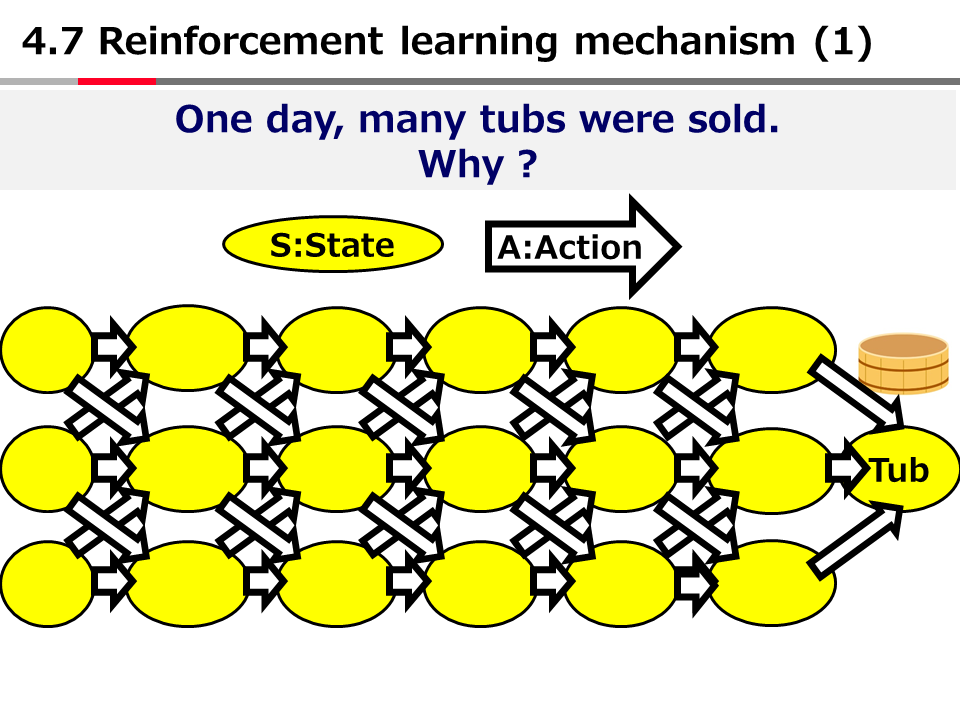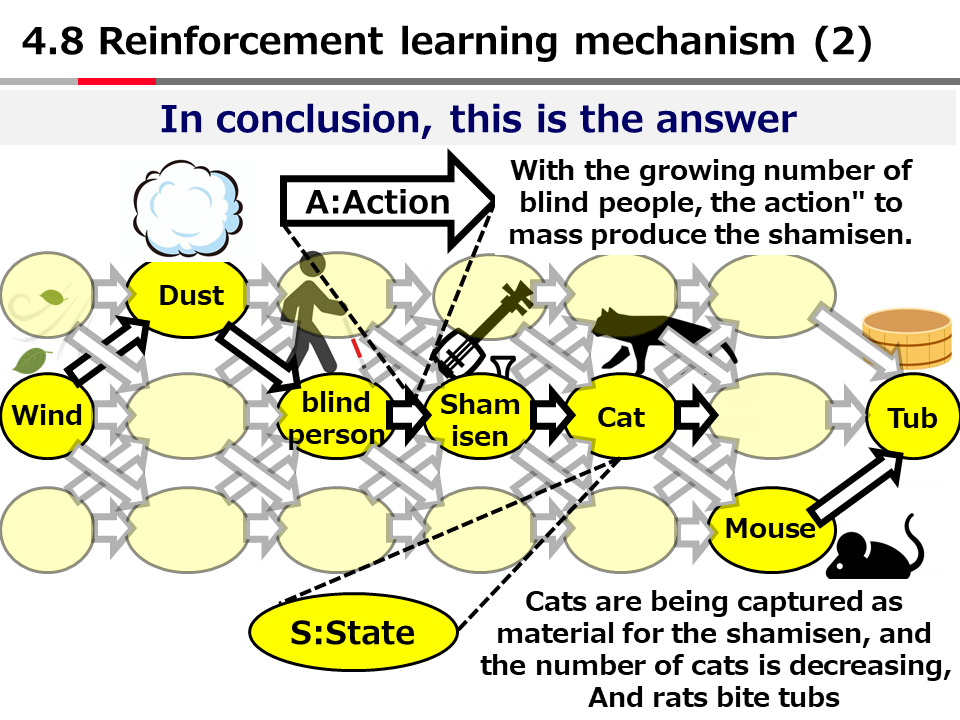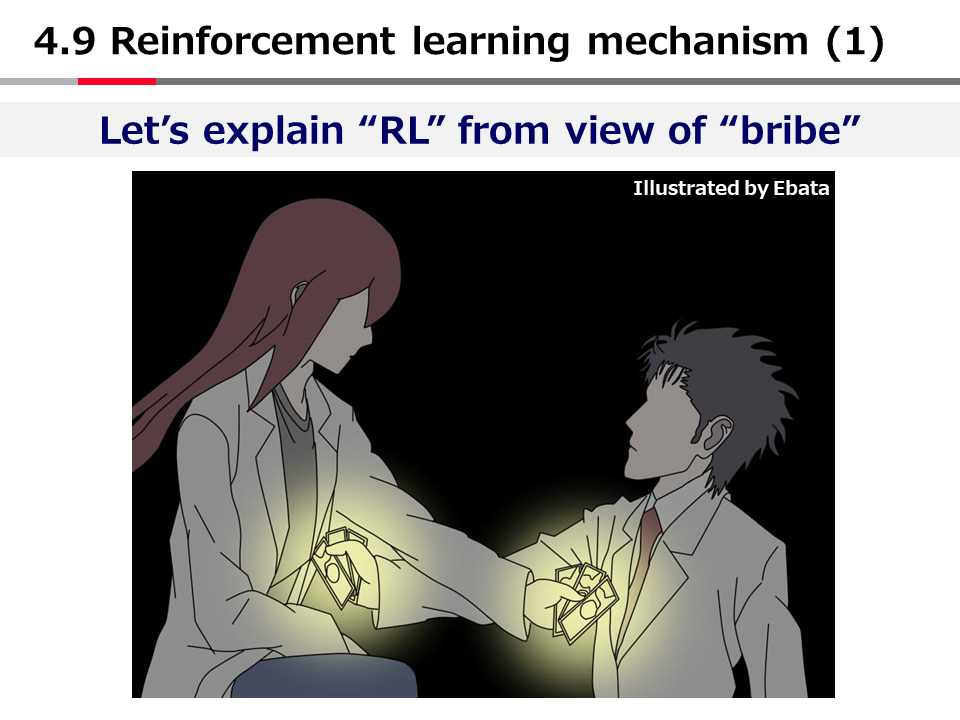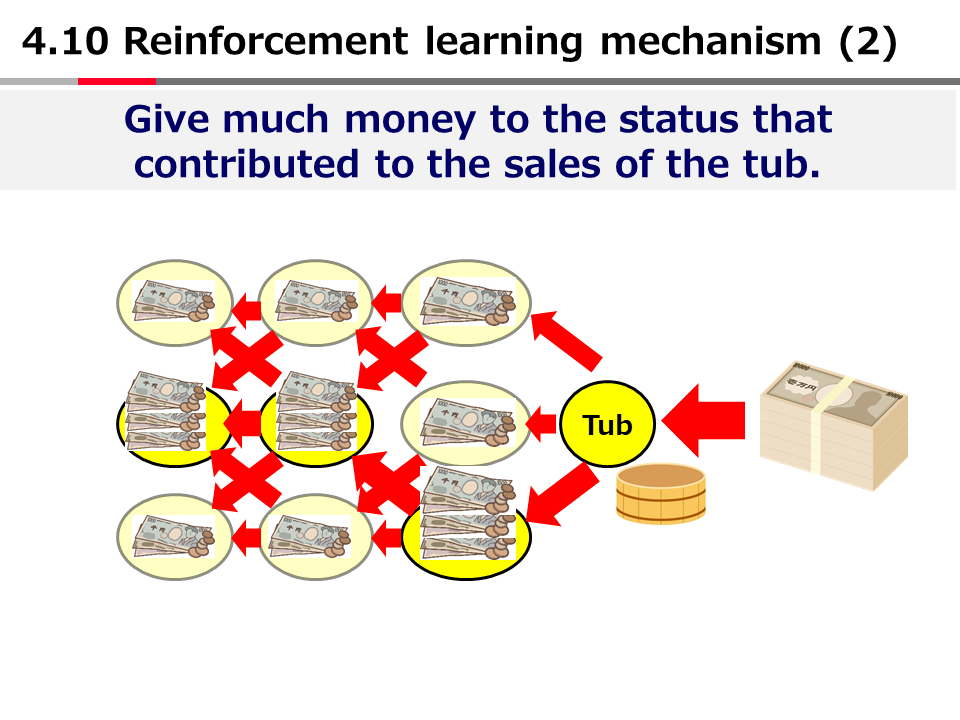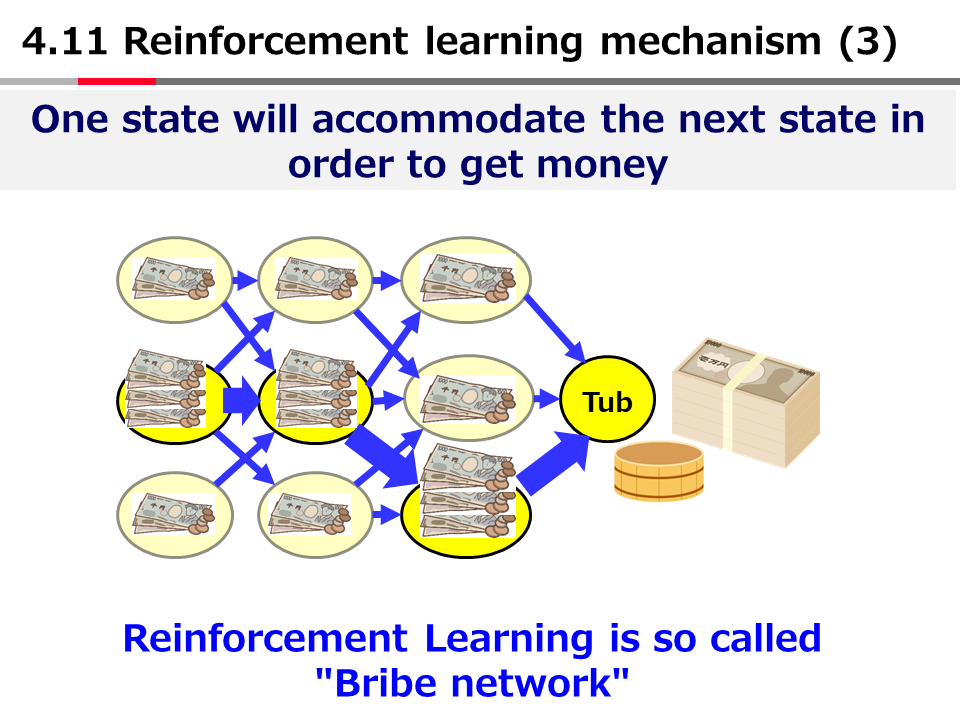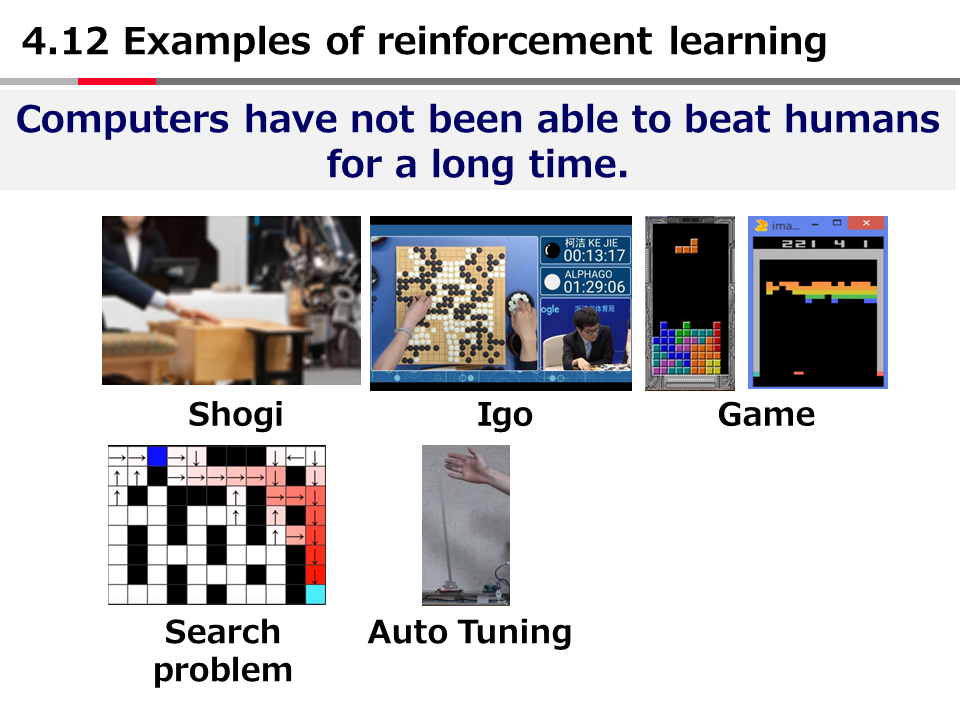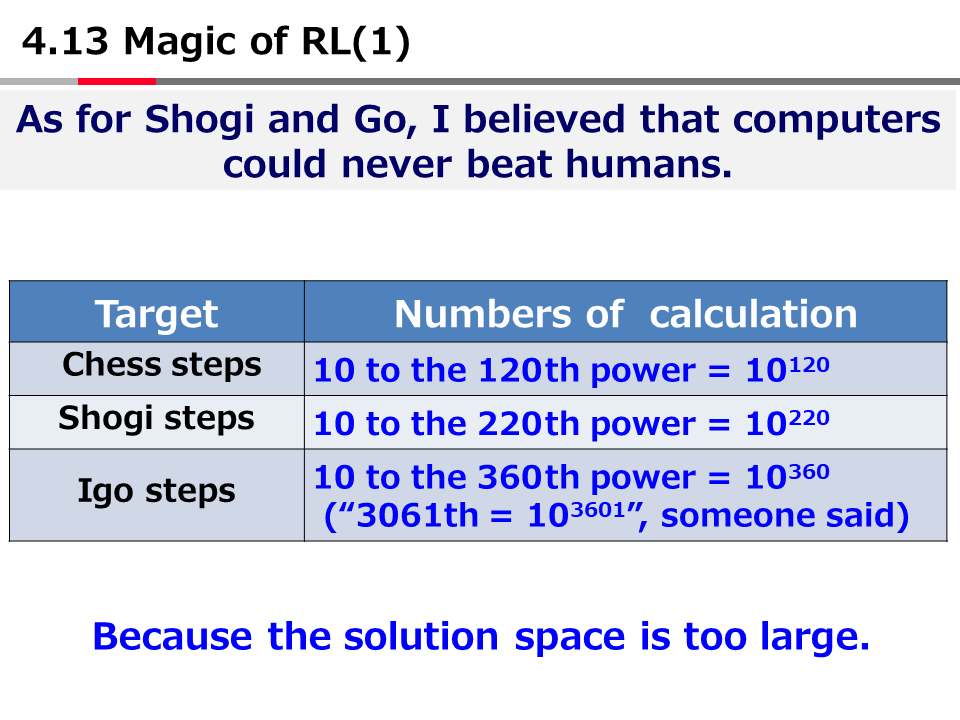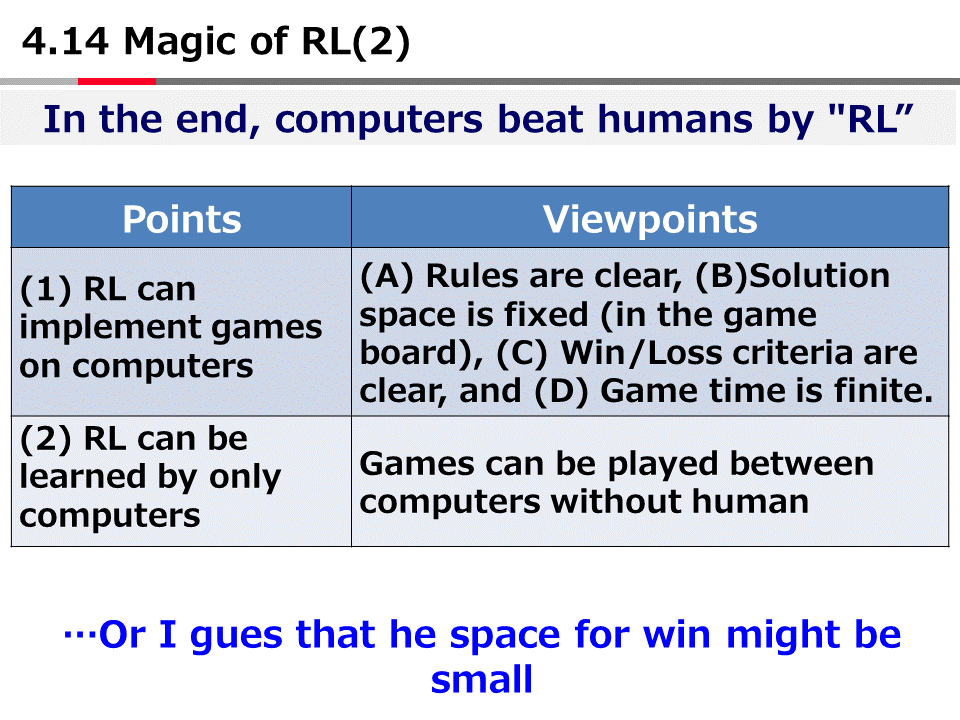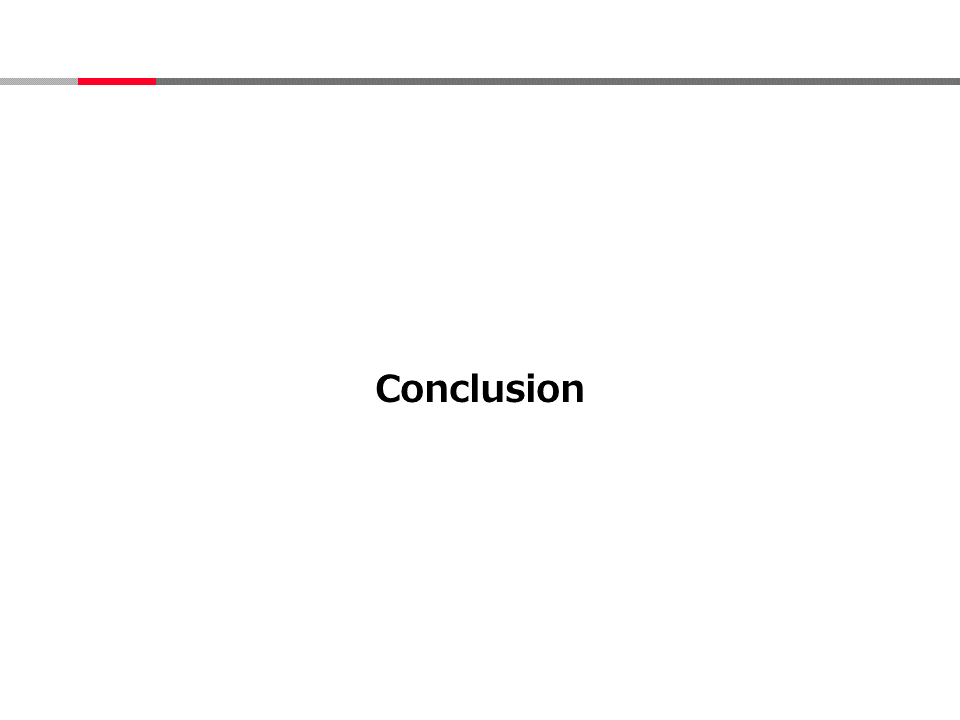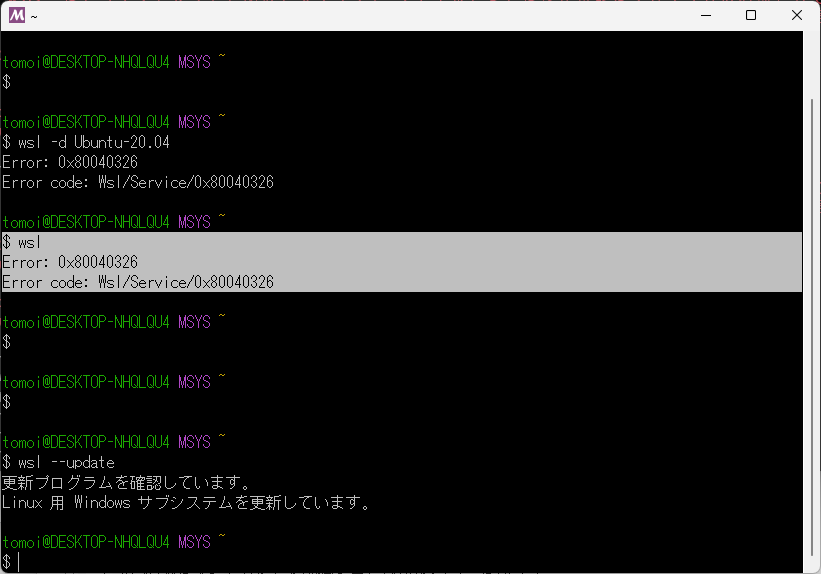
wsl -d Ubuntu-20.04で起動しようとして、Error: 0x80040326 Error code: Wsl/Service/0x80040326 と言われた時の対応
英語論文で気になったこと
person agent か、human agentか?
person:普段「1人の人」を指す。
persons:フォーマルな場面で使う。
people:普段「複数の人」を指す
human:神や動物、ロボットではなく「人間」。
man:「男性」「人」「人類」。最近は「人」「人類」の意味で使うのは避ける傾向にある。
guy、fellow、bloke:口語で「やつ」。
"human agent"で良いように思う。
「自律判断」という英訳で悩む → ここは、"Google裁定"に任せる
"autonomous behavior":149,000
"autonomous decision":383,000
"self-determination": 510,000,000
"autonomous decision" & "algorithm": 82,200
"autonomous behavior algorithm" 146
"autonomous decision" & "algorithm":82,200
"autonomous decision algorithm":1,300
"self-determination" & "algorithm": 421,000
"self-determination algorithm":1,520
結論: "self-determination"が勝者だと思うけど、論文の下書きみたら、"behavioral psychology"が乱発されていた。今、ここで、これを換えると、前後の文章も替えなければならないので、本件は放置する。
住民 resident と inhabitant の違い
どちらも住民という意味ですが
resident は、特定の地域の居住者のことを指し、一時居住者も含むのに対し、
inhabitant は、その地域に長く住む集団に属するものを指します。
どちらも通例では、sをつけた複数形で使われることが多いようです。
resident は、「住民」の他に「居住者」とも訳されますし、名詞の他に形容詞としても使われますが、inhabitant は、名詞のみで、「住民」の他に「定住者」や「生息動物」という意味にもなります。この動詞形は inhabit となり、「に居住している」「に宿る」「巣食う」という意味です。
「課題」をどう訳すか?
→"技術課題"は、"technical problems"でいいみたい(problemを使うと、"問題点"みたいに聞こえるので、"challenge"を使いたくなるけど)
https://www.bizmates.jp/blog/kadai-eigo/
Problem(課題、問題)
Problemは「解決すべき問題」という意味で表現したい時に使います。不利益や不都合を来たす物事を指します。
This is a problem our company needs to work to resolve in the long term.
これは我が社が長期的に取り組まなくてはならない課題です。
Does anyone have a good idea to resolve the problem?
この課題を解決するためのいいアイディアはありますか?
The biggest problem of this project is the lack of human resources.
このプロジェクトの一番大きな課題は、人材が不足していることです。
Task(課題)
Taskは「やらなければならない作業・仕事」というニュアンスです。日常的な業務レベルで与えられた軽めの仕事や宿題を指します。
[例文1]
The only task I have left for this week is making my presentation slides.
今週残る課題はプレゼンテーションの資料作りです。
[例文2]
Thanks for helping me out. I was able to complete my task by the due date.
手伝ってくさってありがとうございました。なんとか期日までに課題を終えられました。
[例文3]
The president gave me a task to come up with a better marketing message.
社長からより良いマーケティングメッセージを策定するように、という課題をいただきました。
Assignment(課題)
AssignmentはTaskに似た意味合いを持ちますが、「任務」や「任された仕事」と、大きめの課題といたニュアンスです。上司から割り当てられた課題は、このAssignmentで表現します。ビジネスシーンだけでなく、学校でも宿題の意味で使われる表現です。
Let’s complete this assignment with everyone in the department.
この課題は部署全員で協力して完了させましょう。
I got a new assignment from my boss. I need to get it done within this year.
上司から新しい課題を渡されました。今年中に完了しなければなりません。
I’d like to give this assignment to Gabriel. It’s not going to be easy, but I think it will help him gain experience.
この課題はガブリエルにアサインしようと思います。難しいでしょうが、彼にはいい経験になると思います。
Issue(課題)
Issueは「議論すべき事象や問題」というニュアンスの表現です。Problemはそのもの自体がトラブルになりかねない問題を意味しますが、Issueはその事柄について賛成する人・反対する人に二分されている場合など、明らかに問題と言いきれない時や、角が立たないよう「問題」と呼ぶのを避けたい時に使います。
We should resolve this issue ASAP.
この課題は早急に解決したいですね。
The rising costs of our factories in Asia are a serious issue for our company.
アジア圏の工場でのコストの増加は弊社にとって大きな課題となっています。
At our company, we are taking social issues such as SDGs seriously.
弊社では、SDGsをはじめとした社会の課題に熱心に取り組んでいます。
Business(課題)
Businessは一般的に「仕事・事業・業務」という意味で使われますが、「片付けなければならない仕事」という意味でも使用されます。頻繁に使われる表現ではありませんが、これもissue のように婉曲な「問題」の言い方になります。
That is none of your business. I will take care of it.
それは私の課題なので責任を持って終わらせます。
I have some business I really need to take care of by the end of the day.
どうしても今日中に片付けなくてはならない課題があります。
It looks like we’ve got some business to do.
どうやら課題がでてきたようですね。
現在時刻を入れた、agoopデータ形式のcsvファイルをGolangで作る
現在時刻を入れた、agoopデータ形式のcsvファイルをGolangで作る
// C:\Users\ebata\yamaguchi\src_try2\others\main9.csv
/*
このデータ形式のcsvを作成する
Dailyid,Year,Month,Day,Hour,Minute,Second,Latitude,Longitude
14,2017,12,1,8,17,5,33.749583,132.709375
*/
package main
import (
"encoding/csv"
"fmt"
"log"
"os"
"time"
)
func main() {
const STATIONS_PATH string = "test.csv"
// csvファイル
csvFile, err := os.Create(STATIONS_PATH)
if err != nil {
log.Fatal(err)
}
defer csvFile.Close()
// CSVファイルの中身を読み込み
w := csv.NewWriter(csvFile)
//str := "Dailyid,Year,Day,Hour,Minute,Second,Latitude,Longitude"
str := []string{"Dailyid", "Year", "Day", "Hour", "Minute", "Second", "Latitude", "Longitude"}
fmt.Println(str)
if err = w.Write(str); err != nil {
log.Fatal(err)
}
/////
id := 1
dt := time.Now()
year := dt.Year()
day := dt.Day()
hour := dt.Hour()
minute := dt.Minute()
second := dt.Second()
latitude := 33.749583
longitude := 132.709375
str = []string{fmt.Sprint(id), fmt.Sprint(year), fmt.Sprint(day), fmt.Sprint(hour), fmt.Sprint(minute), fmt.Sprint(second), fmt.Sprint(latitude), fmt.Sprint(longitude)}
if err = w.Write(str); err != nil {
log.Fatal(err)
}
w.Flush() // バッファに残っているデータを書き込む
}
マルチエージェントシミュレーションのビューアの表示が遅くて困っているので、色々試している最中
単純だけど、これでオブジェクトを書いたり消したりすれば、実現できるかな?
<!doctype html>
<html>
<head>
<title>Many Points with leaflet Canvas</title>
<meta charset="utf-8">
<style>
#map {
position: absolute;
height: 100%;
width: 100%;
background-color: #333;
}
</style>
</head>
<body>
<div id="map"></div>
<link rel="stylesheet" href="http://cdn.leafletjs.com/leaflet-0.7.2/leaflet.css" />
<script src="http://cdn.leafletjs.com/leaflet-0.7.2/leaflet.js"></script>
<script src="L.CanvasOverlay.js"></script>
<script src="http://www.sumbera.com/gist/data.js" charset="utf-8"></script>
<script>
var points = data; // data loaded from data.js
var leafletMap = L.map('map').setView([50.00, 14.44], 9);
L.tileLayer("http://{s}.sm.mapstack.stamen.com/(toner-lite,$fff[difference],$fff[@23],$fff[hsl-saturation@20])/{z}/{x}/{y}.png")
.addTo(leafletMap);
L.canvasOverlay()
.drawing(drawingOnCanvas)
.addTo(leafletMap);
function drawingOnCanvas(canvasOverlay, params) {
var ctx = params.canvas.getContext('2d');
ctx.clearRect(0, 0, params.canvas.width, params.canvas.height);
ctx.fillStyle = "rgba(255,116,0, 0.2)";
//for (var i = 0; i < data.length; i++) {
for (var i = 0; i < data.length; i=i+300) {
var d = data[i];
if (params.bounds.contains([d[0], d[1]])) {
dot = canvasOverlay._map.latLngToContainerPoint([d[0], d[1]]);
ctx.beginPath();
//ctx.arc(dot.x, dot.y, 3, 0, Math.PI * 2);
ctx.arc(dot.x, dot.y, 10, 0, Math.PI * 2);
ctx.fill();
ctx.closePath();
}
}
//for (var i = 0; i < data.length ; i++) {
for (var i = 0; i < data.length ; i=i+10) {
var d = data[i];
if (params.bounds.contains([d[0], d[1]])) {
dot = canvasOverlay._map.latLngToContainerPoint([d[0], d[1]]);
//ctx.beginPath();
ctx.clearRect(dot.x-10, dot.y-10, dot.x+0, dot.y+0);
//ctx.closePath();
}
}
};
</script>
</body>
</html>
https://prideout.net/emulating-double-precision の ざっくり翻訳
https://prideout.net/emulating-double-precision の ざっくり翻訳
バスが宇都宮ライトレールの上を驀進している ―― 宇都宮ライトレールの利用を拒否させるような、ダイクストラをどうやって作ろうか
の後で、「一体、江端は何を考えているんだ」と思われるかもしれませんが、『宇都宮ライトレールの利用を拒否させるような、ダイクストラをどうやって作ろうか』と考えています ―― しかも、できるだけ手を抜いて。https://wp.kobore.net/%e6%b1%9f%e7%ab%af%e3%81%95%e3%82%93%e3%81%ae%e6%8a%80%e8%a1%93%e3%83%a1%e3%83%a2/post-6473/
ところで、今、いくつかDBを作っていますが、混乱しかけているので、メモを残しておきます。
utsu_tram_db : 道路と鉄道の強制結合
utsu_tram_db2: 鉄道のコストを下げて、宇都宮ライトレールを優先的に選ばれるようにした
utsu_tram_db3: 宇都宮ライトレールを単線にして、取り扱いをラクにした
ただ、今、ここで、バスが宇都宮ライトレールの上を驀進するようになってきましたので、これを何とかしないといけなくなりました。
ここで逆転の発想で、
utsu_tram_db4: 宇都宮ライトレールを誰も使いたくなくなるくらいに、コストを爆上げしてやればいい
と気がつきました。
で、utsu_tram_db3と、utsu_tram_db4を併用してやれば良い、と気がつきました。
この続きを記載したのですが、反映に失敗したようです。
という訳で簡単に説明しますと、utsu_tram_db3のコスト(現在0.2倍)を、逆に100倍にしたものをutsu_tram_db4として作成しました。現在上手く動いています(色々失敗もしましたが、それを書き残す気力は、もうありません。この週末、20時間以上コーディングしていて、フラフラです)
ちなみに、上記の作業で作ったデータベースを、他の人に渡す為に、以下の作業を行いました。
# pg_dump -U postgres -p 15432 utsu_tram_db3 > utsu_tram_db3.sql
# pg_dump -U postgres -p 15432 utsu_tram_db4 > utsu_tram_db4.sql
で作った、2つのデータベースのダンプ(utsu_tram_db3.sqlと、utsu_tram_db4.sql)を圧縮したのが、こちら。
まず、
create database utsu_tram_db3;
\c utsu_tram_db3
create extension postgis;
create extension pgrouting;
(utsu_tram_db4についても同じ)
としておいてから
これをutsu_tram_db.zipを解凍して、
# psql -U postgres -p 15432 utsu_tram_db3 < utsu_tram_db3.sql
# psql -U postgres -p 15432 utsu_tram_db4 < utsu_tram_db4.sql
で、PostgreSQLにインポートできます(source番号なども完全一致する(はず))。
wsl2 から dockerの中に作ったDBにアクセスする時に障害となったこと、忘れないようにするためのメモ
■wsl2は通常状態ではdockerにアクセスできない。
→ Docker Desktopで、wsl2を使えるようにチェックを付ける
■wsl2からpsqlを使えるようにできるように、"sudo apt psql なんとか"で、psqlをインストールしておく
→ 要するに、wsl2からDBアクセスできなければ、お話にならない
こんなエラーで面倒な目にあった(なんか色々やっているうちに動くようになった)
psql: error: connection to server at "localhost" (::1), port 15432 failed: Connection refused (0x0000274D/10061)
Is the server running on that host and accepting TCP/IP connections?
connection to server at "localhost" (127.0.0.1), port 15432 failed: Connection refused (0x0000274D/10061)
Is the server running on that host and accepting TCP/IP connections?
とか、
psql: error: connection to server on socket "/var/run/postgresql/.s.PGSQL.5432" failed: No such file or directory
などが出てくるが、やっかいなことに、DBを3回くらい作り直すと、直っていたりするので、原因が特定できないことが多い。
T.B.D.
リセットボタンでWSL2のUbuntu-20.04 をリセットできる
リセットボタンでWSL2のUbuntu-20.04 をリセットできる

GISのプラグイン(PosiView)を使って、移動体のリアルタイム表示をする(display real-time mobile objects using QGIS plug-in (PosiView) )
QGISのプラグイン(PosiView)を使って、移動体のリアルタイム表示をする
(display real-time mobile objects using QGIS plug-in (PosiView) )



